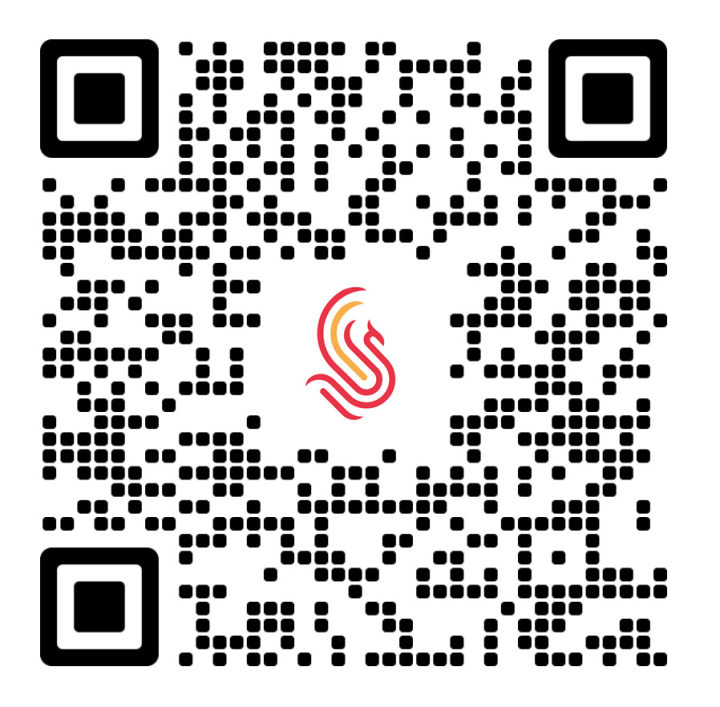Зателефонуйте нам зараз
+86 18706432618
В останні роки кольорова сталева плита стала однією з найбільш науково-технологічних та ринкова життєздатність сталевих різновидів у Китаї. Як сировина для збірних будівельних виробів, завдяки своєму насиченому кольору, красивому новому та гнучкому поєднанню декору, а також перевагам легкої ваги, високої міцності, водонепроникності та сейсмостійкості, порівняно з традиційними цегляними та бетонними огороджувальними конструкціями, вона має такі характеристики, як довговічність, економія землі, придатність для вторинної переробки тощо. Вона широко використовується в системах огороджувальних конструкцій громадських будівель та промислових заводів.
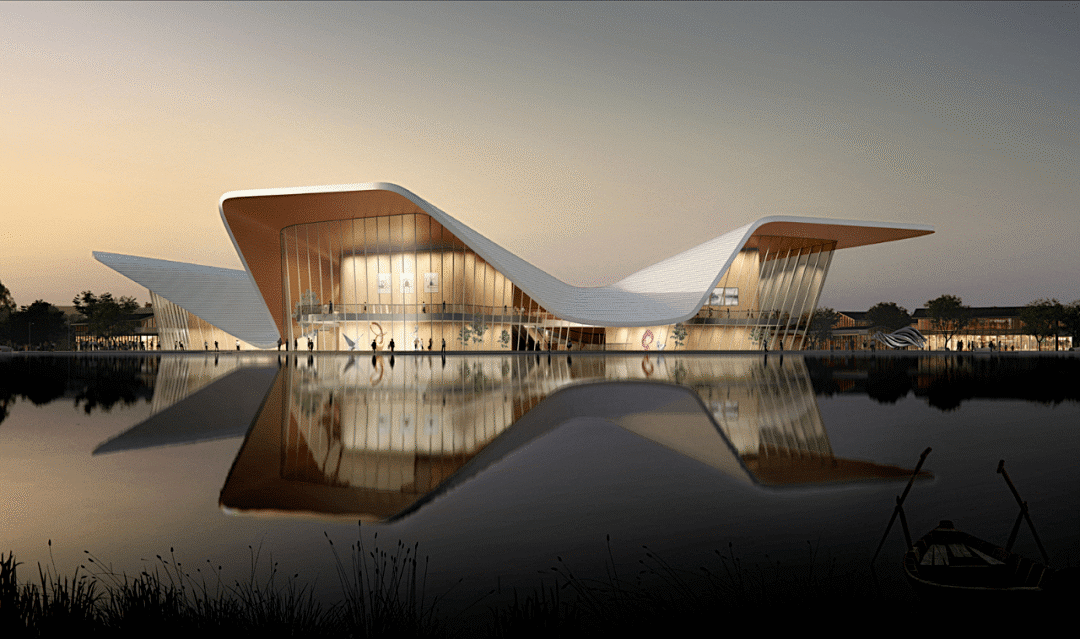
Вимоги до матеріалів будівлі (покрівельних та зовнішніх стінових панелей) включають характеристики безпеки (стійкість до ударів, вітрового тиску та вогнестійкість), житлові характеристики (водонепроникність, теплоізоляція та звукоізоляція), довговічність (стійкість до забруднення, атмосферних впливів), технологічність виробництва (економічність, технологічність, обслуговування).
Для кінцевого власника будівлі найважливішими є безпека та термін служби. У проектному підрозділі важливішими є термін служби, несуча здатність, форма тощо.
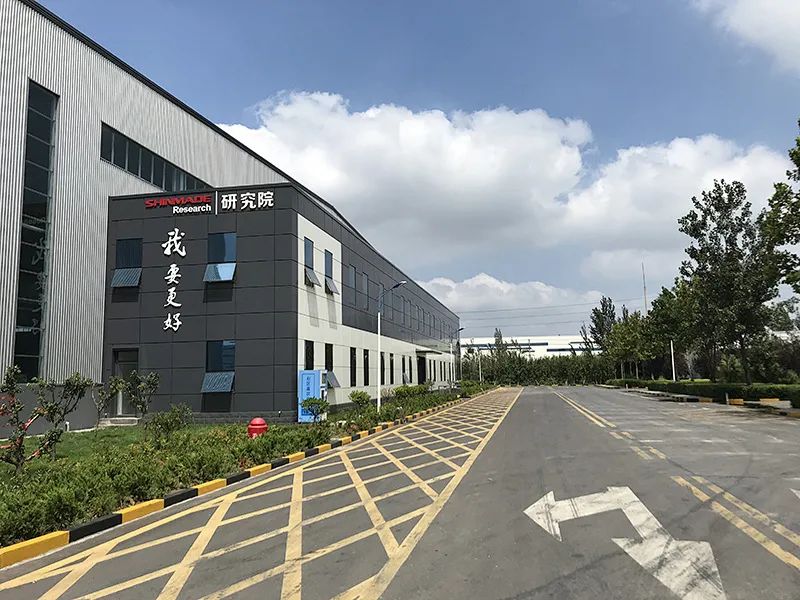
Оброблюваність кольорових сталевих листів (твердість поверхні, зносостійкість, міцність сталевого листа) є першим вибором для будівельних підприємств з обробки стін та дахів.
Звичайно, якість кольорового сталевого листа головним чином залежить від виробника кольорового сталевого листа, але неправильне обладнання та методи обробки та монтажу пошкодять зовнішній вигляд та термін служби кінцевого продукту.
Показники експлуатаційних характеристик сталевих пластин з кольоровим покриттям включають :
Підкладка: межа текучості, межа міцності на розтяг, видовження.
Покриття: вага покриття, адгезія.
Покриття: різниця в кольорі, блиск, Т-подібний вигин, ударостійкість, твердість, якість тощо.
Поверхня: Поверхневі дефекти, видимі неозброєним оком тощо.
Форма: допуск, шорсткість тощо.
01
Марка сталі
Вага несучої сили будівлі (вітрове навантаження, снігове навантаження, техніка будівельної компанії), проліт будівлі, конструкція прогону - все це залежить від міцності сталевого листа, існують відповідні стандарти щодо фарбування та алюмінізації оцинкованих сталевих листів для будівельних конструкцій в країні та за кордоном.
Такі як: китайський GB/t 1274-2006, американський ASTM653, ASTM792, японський JISG3302, JISG3321, європейський EN10215, EN10147 тощо.
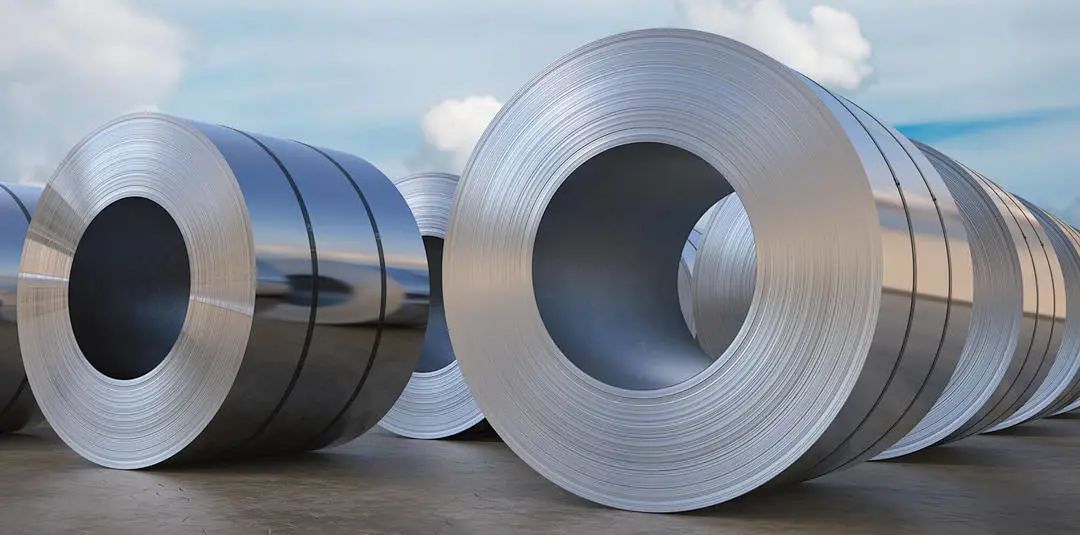
За типом сталі її поділяють на CQ, DQ, HSS та FH.
CQ: Марка DX51D, що виробляється компанією Shinmade, має межу плинності від 260 до 320 МПа, а межа плинності на розрив від 350 до 400 МПа забезпечує дещо вищий коефіцієнт плинності, ніж конструкційна сталь.
DQ: Як правило, кольорові панелі для будівництва виготовляються методом прокатки або композитними сендвіч-серцевинами, які не потребують високої продуктивності штампування матеріалів. Тому марки DQ в основному використовуються всередині приміщень, у вікнах, трубах та інших галузях промисловості.
HSS: Високоміцна конструкційна сталь: Згідно з європейським стандартом HSS, її можна розділити на 4-5 видів міцної сталі, але матеріали марки CQ вже можуть замінити низькоміцну сталь HSS, тому межа текучості становить понад 280 МПа та 345 МПа. Два види сталі: S280GD та S350GD. Порівняно з CQ, сталь HSS має деякі суттєві переваги.
1) Завдяки малому прогину, сталь має добру вогнестійкість та ударостійкість.
2) У випадку товстих сталевих листів можна виготовляти аркові плити великої довжини.
3) Для типових типів зовнішніх стінових та покрівельних панелей він набагато тонший, ніж матеріал CQ, що зменшує витрату матеріалу.
FH: Усі загартовані сталі: Сталь, яка підвищує межу текучості сталевих пластин шляхом контролю температури відпалу. Згідно з міжнародними загальними стандартами, межа текучості становить 550 МПа, а міцність на розрив — 570 МПа. Цей матеріал має високу міцність та низьке подовження і підходить для сталевих пластин дрібного профілю, що значно економить матеріали.
Виберіть гальванічний шар покриття
02
Виберіть покриття живопис та покриття
Гальванічні покриття призначені для забезпечення довговічності та стійкості будівлі до корозії. Для інших цілей можна обрати інше покриття, шар покриття та товщину, щоб забезпечити термін служби.
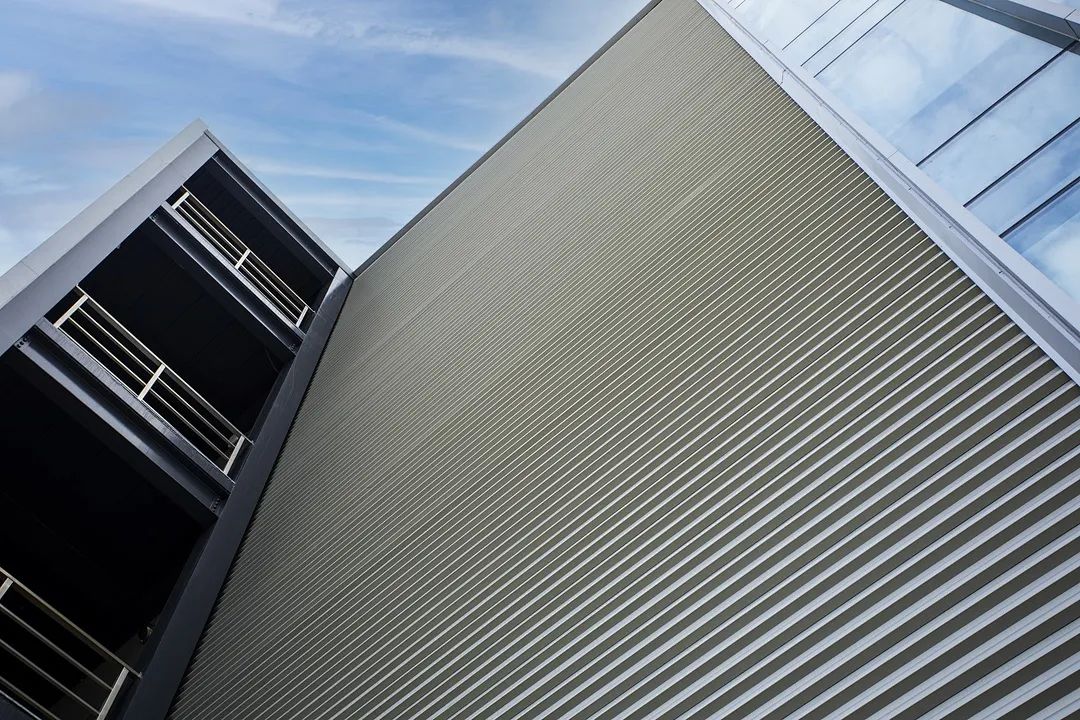
Покриття
Наразі поширеними покриттями для архітектурних кольорових покриттів є гаряче цинкування, алюмінієво-цинкове покриття та алюмінієво-цинково-магнієве покриття. У фарбуванні немає великої різниці в сферах застосування різних поверхонь. У відносно кислому середовищі алюмінієво-цинкові поверхні кращі. Алюмінієво-цинково-магнієве покриття має надзвичайно високі антикорозійні властивості. У більшості випадків його характеристики кращі, ніж у алюмінієво-цинкової сталевої пластини з такою ж кількістю покриття, а також кращі, ніж у оцинкованої сталевої пластини.
Щодо товщини покриття, загальні вимоги до даху та обшивки: гаряче цинкування 180 г/м² ² оцинкований 100-200 г/м ² , а діапазон щільності покриття оцинкованого цинк-магнію становить 100 г/м ²~ 180 г/м² ² Звичайна щільність покриття становить 150 г/м² ² .
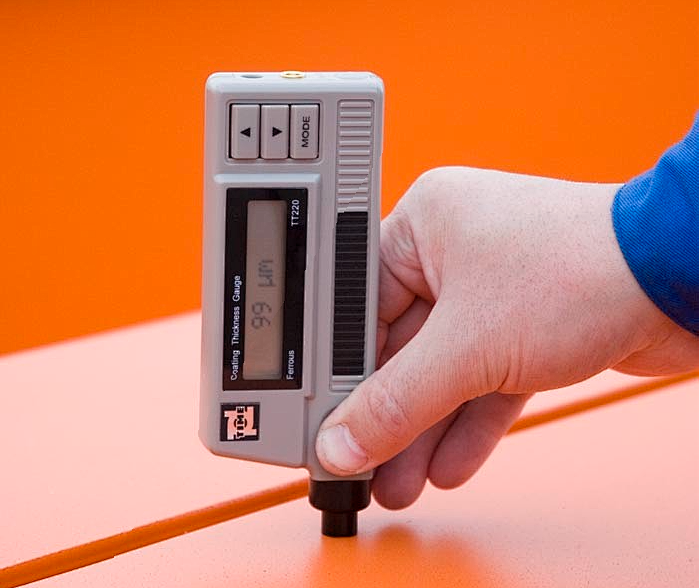
Живопис
М повинні відповідати вимогам користувача щодо кольору та довговічності для переробної промисловості, а також відповідати продуктивності обробки.
Отже, тип живопис , колір і блиск, і фарба Товщину покриття необхідно вказувати під час замовлення. Наразі найпоширенішими різновидами верхніх покриттів для рулонних покриттів є PE, PU, SMP, PVDF та HDP.
Вибір кольору в основному враховує відповідність навколишньому середовищу та захопленням власника, але при використанні технологій яскраві кольори мають сильне відбиття тепла, і якщо їх добре чистити та доглядати, термін їх служби продовжиться, а вони стануть красивішими.
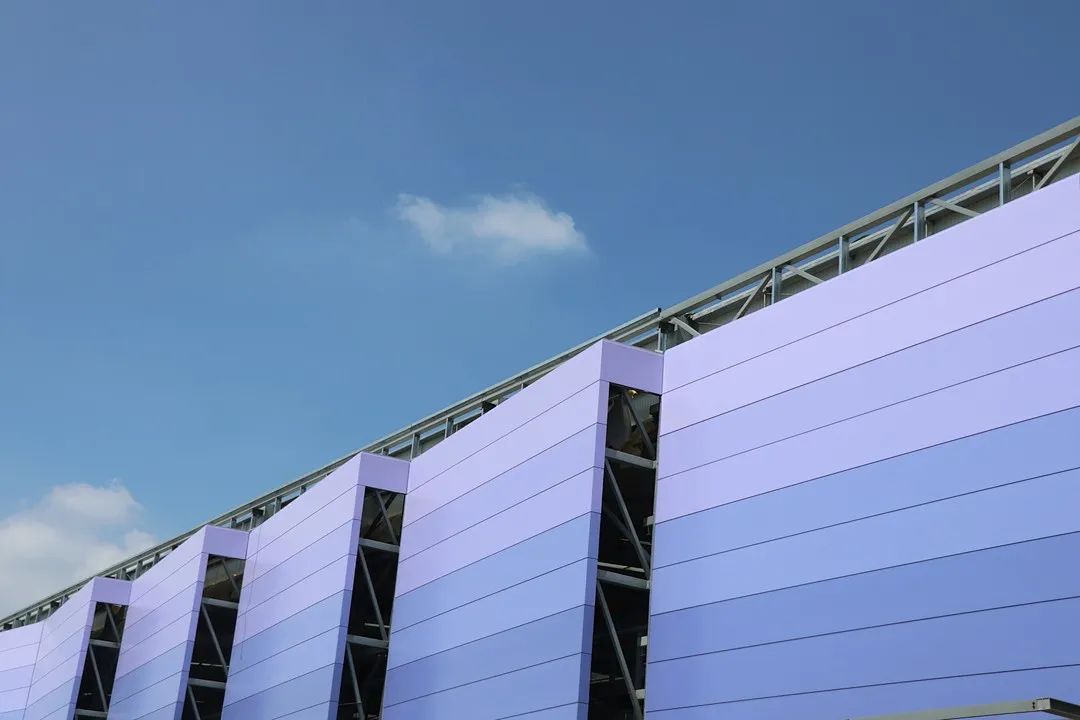
Втрата блиску – це перше явище, яке виникає під час зовнішнього використання кольорових сталевих листів. Зокрема, початкова швидкість матування високоглянцевих виробів відносно занадто висока, тому кольорові сталеві листи для зовнішнього будівництва, як правило, мають низький блиск.
Крім того, використовуйте продукти, виготовлені шляхом нанесення однієї й тієї ж фарби на одну й ту саму будівлю. Кольорові сталеві листи різних марок або різні партії кольорових сталевих листів однієї й тієї ж марки матимуть різну швидкість покриття порошком після певної кількості років використання на відкритому повітрі. Таким чином, вплив різних кольорів протягом певного періоду часу проявлятиметься під час будівництва, що може погіршити зовнішній вигляд.
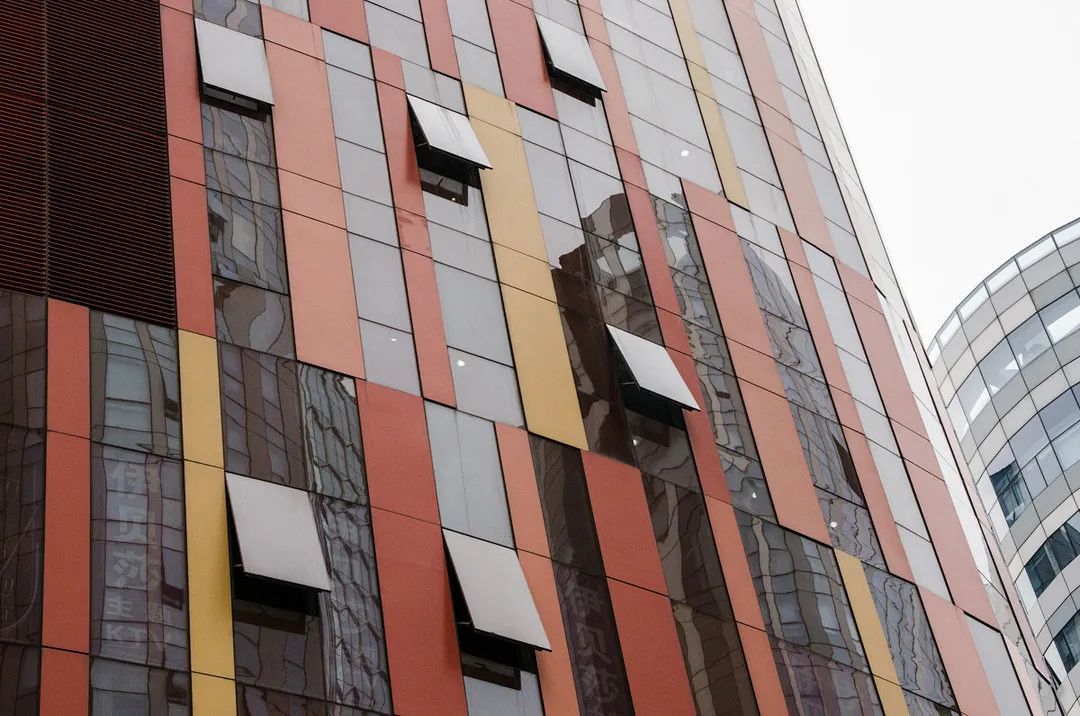
На мікроскопічному рівні покриття має пористу структуру, вода з повітря та агресивні середовища (іони хлориду тощо) проникають крізь слабку частину покриття, спричиняючи корозію під плівкою та відшаровування, коли покриття утворює пухирі. Крім того, навіть за тієї ж товщини покриття, друге покриття щільніше, ніж перше.
Кольорові плити, що використовуються в будівництві, в основному піддаються впливу ультрафіолетових променів сонця, вологи повітря та шкідливих речовин, що спричинені промисловим забрудненням, що скорочує термін їх служби. Антикорозійний захист кольорових будівельних виробів – це комбінований ефект покриття, плівки попередньої обробки та покриття (ґрунтовки, верхнього шару та задньої фарби). Ця комбінація є дуже важливою та безпосередньо впливає на термін їх служби.
Вищезазначені знання щодо кольорового покриття, якими ми поділилися сьогодні. Проект нового високоефективного корозійностійкого цифрового матеріалу Shinmade попередньо планується запустити у виробництво у березні наступного року. Тоді Shinmade надасть вам різні специфікації, покриття та шари відповідно до ваших потреб, повністю задовольняючи вимоги до вашої продукції.
Сканувати у WeChat
